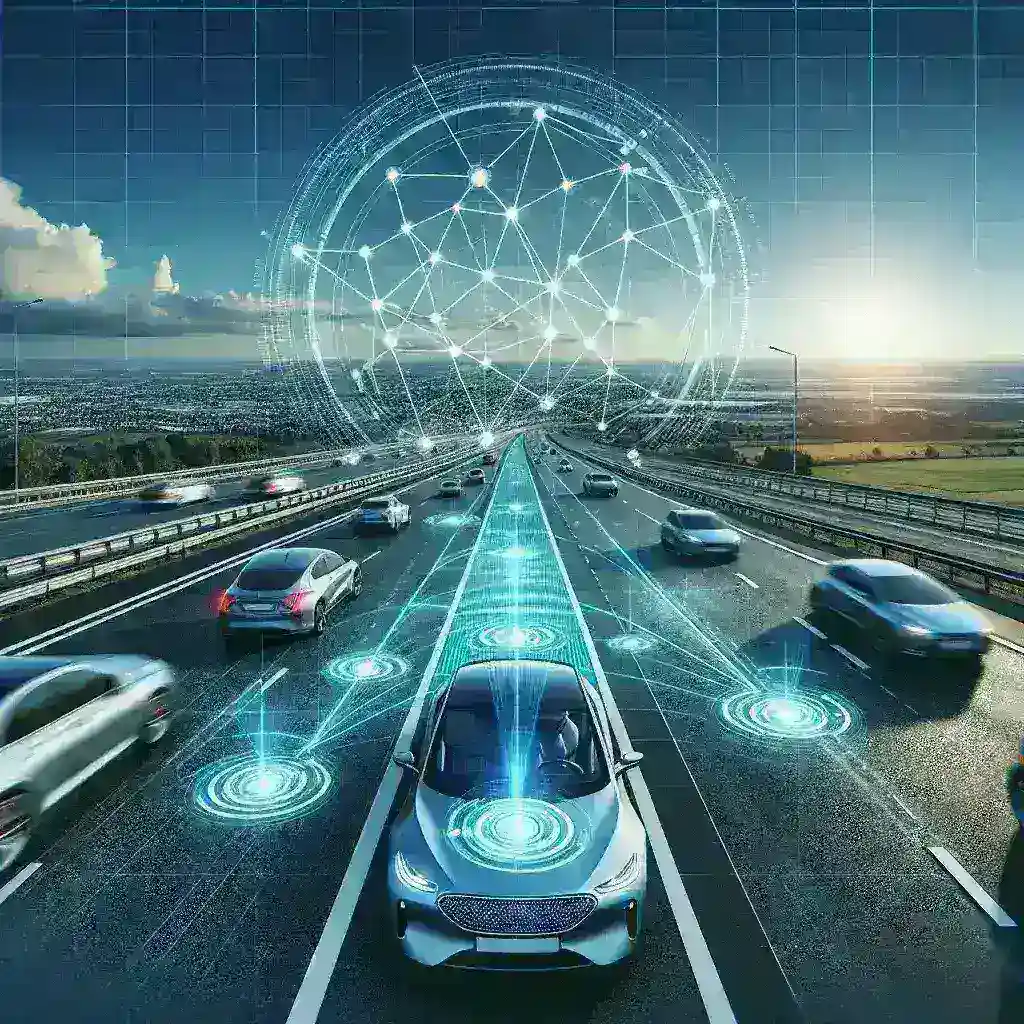Introduction
In an era where technology is rapidly transforming the automotive landscape, Tesla is once again at the forefront of innovation. The company has announced the launch of AI-powered predictive road hazard alerts across its U.S. fleet. This groundbreaking feature promises to enhance vehicle safety, improve driver awareness, and ultimately revolutionize the driving experience. In this article, we will delve into the implications of this technology, its historical context, potential benefits and challenges, and what the future may hold for road safety.
Understanding AI-Powered Predictive Road Hazard Alerts
At its core, AI-powered predictive road hazard alerts use advanced algorithms and real-time data analysis to identify potential road hazards before they become a threat. By leveraging data from various sources, including other Tesla vehicles, traffic reports, and environmental conditions, this system is designed to notify drivers of dangers such as:
- Accidents ahead
- Road construction
- Severe weather conditions
- Obstructions on the roadway
These alerts are not only crucial for individual safety but also contribute to a more informed and responsive driving ecosystem.
A Brief Historical Context
The journey towards autonomous driving and enhanced road safety has been underway for decades. Early advancements in vehicle safety features, such as anti-lock braking systems (ABS) and electronic stability control (ESC), laid the groundwork for more sophisticated technologies. Tesla has been a pioneer in integrating software with hardware, leading to the development of features like Autopilot and Full Self-Driving capabilities. The introduction of AI-powered predictive road hazard alerts is a natural progression in this ongoing quest for safer roads.
How the Technology Works
The AI behind this system is designed to analyze vast amounts of data collected from the vehicle’s sensors as well as external sources. Here’s a breakdown of how it functions:
- Data Collection: Tesla vehicles are equipped with numerous sensors and cameras that monitor the environment in real-time.
- Data Analysis: The AI algorithms interpret this data to identify patterns and predict potential hazards based on historical data.
- Driver Alerts: When a potential hazard is detected, the driver receives a notification through the vehicle’s display.
Benefits of AI-Powered Predictive Road Hazard Alerts
The introduction of this technology carries numerous advantages:
- Increased Safety: By alerting drivers to potential hazards, the system aims to reduce the likelihood of accidents.
- Enhanced Driver Awareness: Drivers become more engaged and informed about their surroundings, leading to more cautious driving.
- Real-Time Updates: The system continuously learns and updates its database, ensuring that alerts are relevant and timely.
- Data Sharing: Information collected from one vehicle can be shared across the fleet, enhancing the overall safety for all Tesla drivers.
Challenges and Considerations
While the benefits are compelling, there are challenges and considerations to address:
- Data Privacy: With the collection of vast amounts of real-time data, concerns about user privacy and data security arise.
- Over-Reliance on Technology: Drivers may become too dependent on these alerts, potentially ignoring their own judgment.
- Implementation Costs: Updating existing vehicles to integrate this technology may involve significant costs.
Future Predictions
Looking ahead, the integration of AI-powered predictive road hazard alerts could pave the way for further advancements in road safety. As the technology matures, we may see:
- Wider Adoption: Other manufacturers may adopt similar technologies, leading to industry-wide improvements in safety features.
- Increased Collaboration: Partnerships between automotive companies, tech firms, and government entities could enhance data sharing and hazard prediction accuracy.
- Full Autonomy: As AI systems become more sophisticated, the dream of fully autonomous vehicles may inch closer to reality.
Conclusion
Tesla’s launch of AI-powered predictive road hazard alerts marks a significant step forward in automotive technology and road safety. By harnessing the power of artificial intelligence, Tesla is not only enhancing the driving experience but also forging a path toward a safer future for all road users. As we anticipate the impact of this innovative feature, it is clear that the integration of technology in our vehicles is not just a trend but a necessity in our evolving world.

